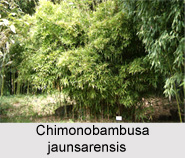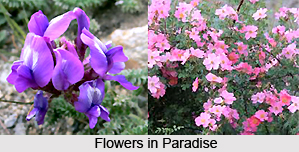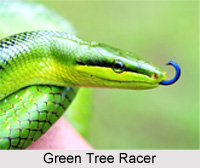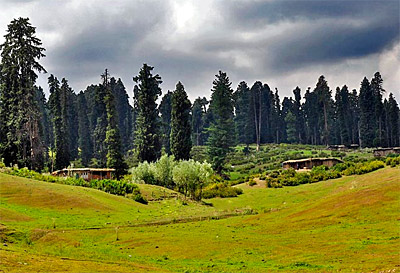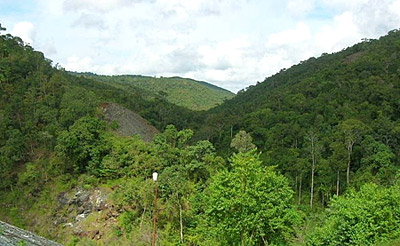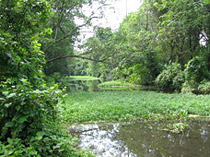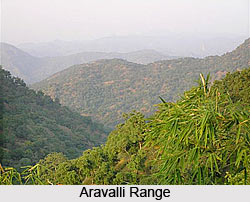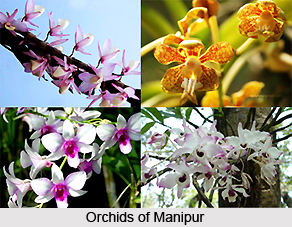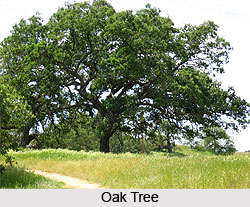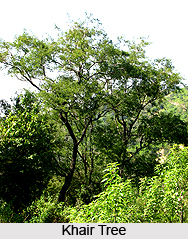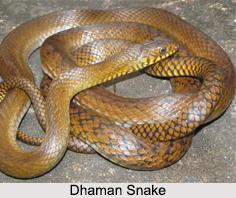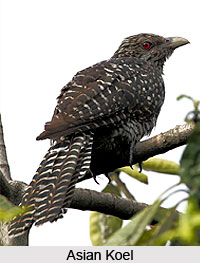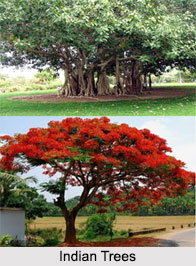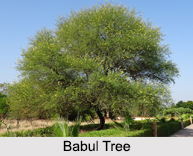 Roseate tern is an Indian bird with scientific name "Sterna dougallii" was named in the year 1813.
Roseate tern is an Indian bird with scientific name "Sterna dougallii" was named in the year 1813.
Description of Roseate Tern
Roseate Tern is an Indian Bird and it had the name given by English naturalist George Montagu in the year 1813. Roseate Tern is most closely related to the white-fronted Tern (S. striata), with their common ancestor a sister lineage to the black-naped tern (S. sumatrana).
Breeding of Roseate Tern
Sterna dougallii breeds on the Atlantic coasts of Europe and North America, and winters south to the Caribbean and West Africa. Both the European and North American populations have been in long term decline, though active conservation measures have reversed the decline in the last few years at some colonies, most notably at Rockabill Island off the coast of Dublin, Ireland, which now holds most of the European population.
Forms of Roseate Tern
The tropical forms of Roseate tern are S. d. korustes and S. d. bangsi are resident breeders from east Africa across the Indian Ocean to Japan. They have more red on the bill.
Population of Roseate Tern
The long-billed and short-winged Roseate Tern breeds in Australia and New Caledonia. The north-western Indian Ocean holds populations of S. d. arideensis.
Structure of Roseate Tern
Roseate Tern is a small-medium tern, 33-36 cm long with a 67-76 cm wingspan, which can be confused with the common tern, Arctic tern, and the larger, but similarly plumaged, Sandwich tern.
Bill of Roseate Tern
The thin sharp bill of Roseate Tern is black, with a red base which develops through the breeding season, and is more extensive in the tropical and southern hemisphere races. It is shorter-winged and has faster wing beats than common or Arctic Tern.
Wings of Roseate Tern
The upper wings of Roseate Tern are pale grey and it"s under parts are white, and this tern looks very pale in flight, like a small Sandwich tern, although the outermost primary flight feathers darken during the summer.
Adults of Roseate Tern
The adult Roseate Tern has very long, flexible tail streamers and orange-red legs. In summer, the under parts of adults take on the pinkish tinge which give this bird its name.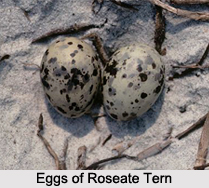
Nests of Roseate Tern
Roseate Tern breeds in colonies on coasts and islands, at times with other seabirds. In Australian territory, it has been recorded nesting alongside the black-naped tern, lesser crested tern, crested tern, fairy tern, bridled tern and silver gull. It nests in a ground scrape, often in a hollow or under dense vegetation, and lays one or two (rarely three) eggs. It is less defensive of its nest and young than other white terns, often relying on Arctic and common terns in the surrounding colony to defend them. In smaller colonies, they may rarely mate with these other tern species.
Call of Roseate Tern
The call of Roseate Tern is a very characteristic chuwit, similar to that of the spotted redshank, quite distinct from other terns.
